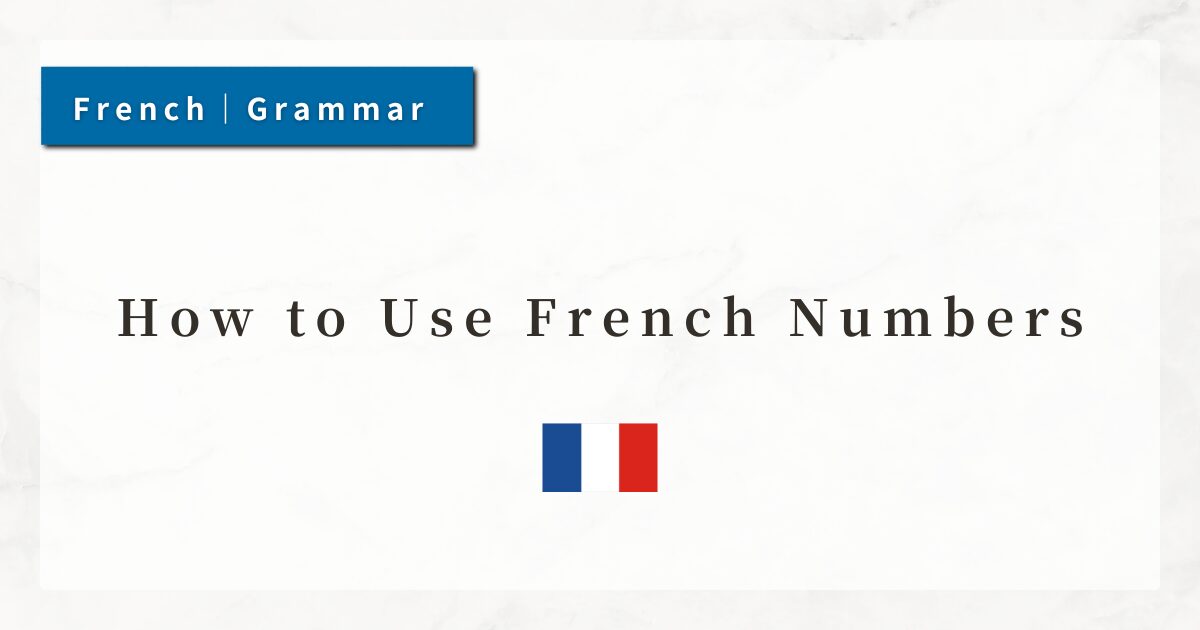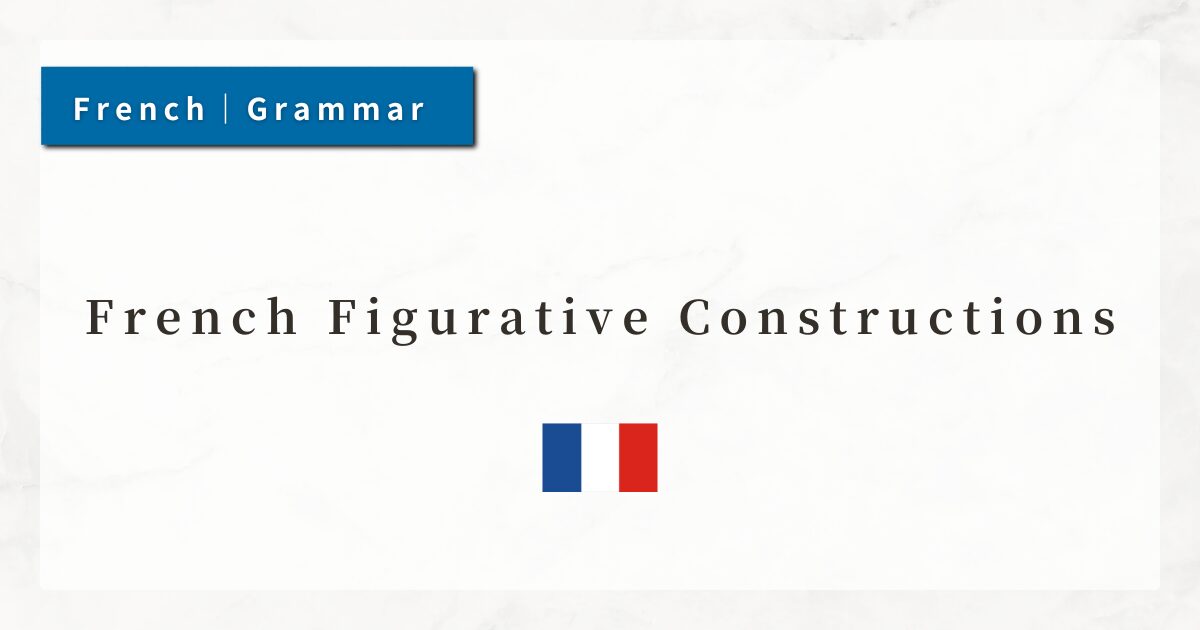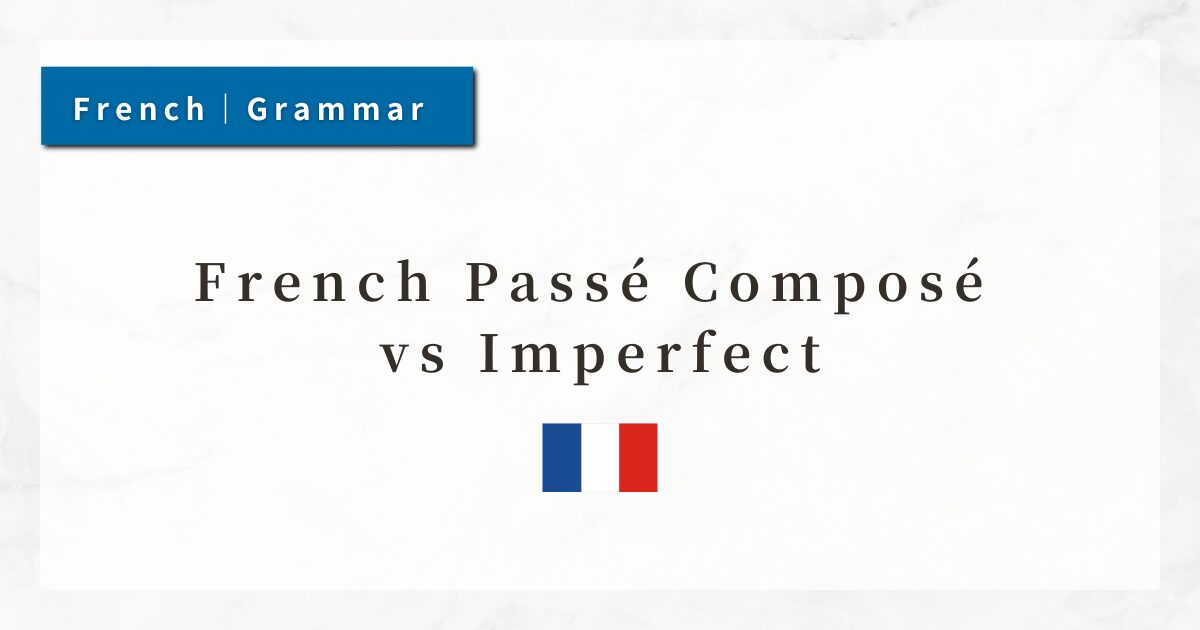#46 How to Use French Numbers | Cardinal, Ordinal, and Quantitative Expressions

In French, the grammar rules regarding numbers and numerical expressions are detailed and precise.
Cardinal numbers (e.g., “one, two”) and ordinal numbers (e.g., “first, second”) are distinct categories. In addition, quantitative expressions such as “a lot of ~” or “a little ~” follow unique structures.
In this lesson, I will explain the use of numerals in French from both grammatical and contextual perspectives.
1. Cardinal Numbers
Cardinal numbers are words such as “1, 2, 3…” that indicate the number of objects or people directly.
In French, they are placed before the noun to show “how many.”
- un livre
(one book) - une pomme
(one apple) - deux enfants
(two children) - trois stylos
(three pens)
The number 1 changes form depending on gender: un for masculine nouns, une for feminine nouns.
For numbers from 2 onward (deux, trois, etc.), there is no gender distinction. The noun following the number must be in the plural form.
2. Ordinal Numbers
Ordinal numbers are used to indicate order or rank, such as “first, second, third.”
They are usually formed by adding the suffix -ième to the cardinal number.
- le premier jour
(the first day) - la première fois
(the first time) - le deuxième chapitre
(the second chapter) - au troisième étage
(on the third floor) - la quatrième page
(the fourth page)
The word for “first” is irregular: premier (masculine) / première (feminine).
Other ordinal numbers (deuxième, troisième, etc.) do not change form; only the article is adjusted to match the gender of the noun. Ordinal numbers are generally placed before the noun.
3. Quantitative Expressions
Quantitative expressions indicate an amount or degree rather than an exact number, such as “a lot of ~,” “a little ~,” or “too much ~.”
These expressions follow the structure:
- beaucoup de + noun
(a lot of ~) - un peu de + noun
(a little ~) - trop de + noun
(too much ~) - assez de + noun
(enough ~)
4. Key Points in Numerical Expressions
4-1. The Difference Between Cardinal Numbers and Articles
Un / une can function both as the numeral “one” and as the indefinite article “a/an.”
Therefore, interpretation depends on context:
- Il a un frère.
→ “He has one brother.” / “He has a brother.”
When emphasizing the number, it means “one brother.”
In other contexts, it may mean simply “a brother.” For numbers two and above (deux, trois, quatre, etc.), no article is used.
4-2. Quantitative Expressions Require “de + Noun Without Article”
After expressions such as beaucoup (a lot), un peu (a little), trop (too much), and assez (enough), the noun must appear without an article.
- ✔ beaucoup de café
(a lot of coffee) - ✘ beaucoup du café
→ incorrect
This is similar to English “a lot of coffee.” Adding an article makes the phrase grammatically incorrect or unnatural.
5. Summary
- Cardinal numbers (un, deux, trois…) directly indicate quantity. They precede the noun, which must be pluralized.
- Ordinal numbers (premier, deuxième…) indicate order. They agree with the gender of the noun and are placed before it.
- Quantitative expressions (beaucoup de, un peu de, etc.) always follow the rule of “de + noun without article.”




